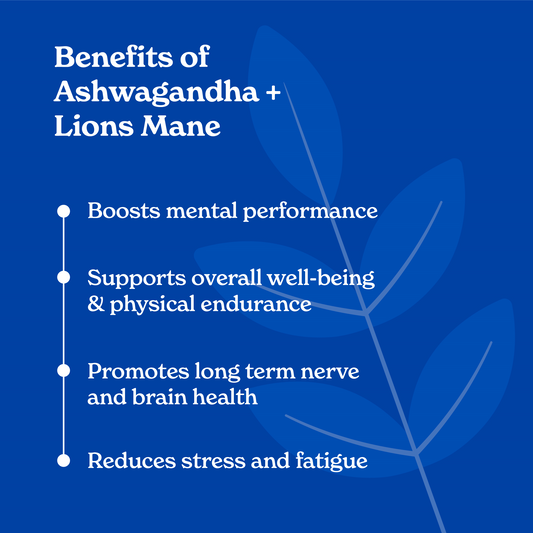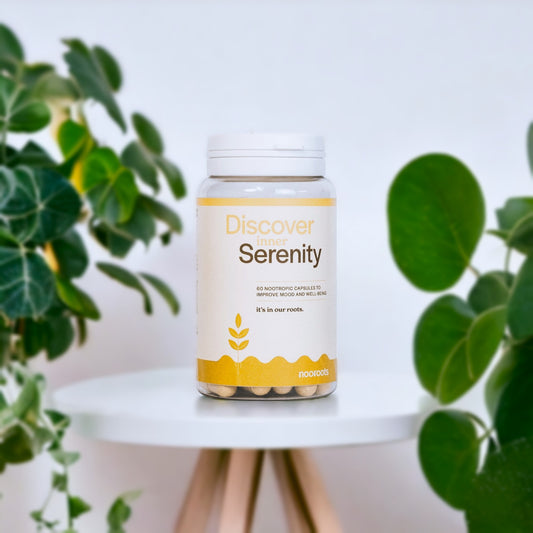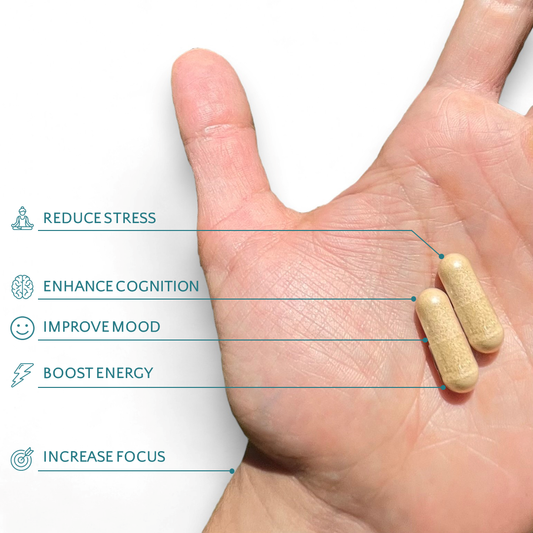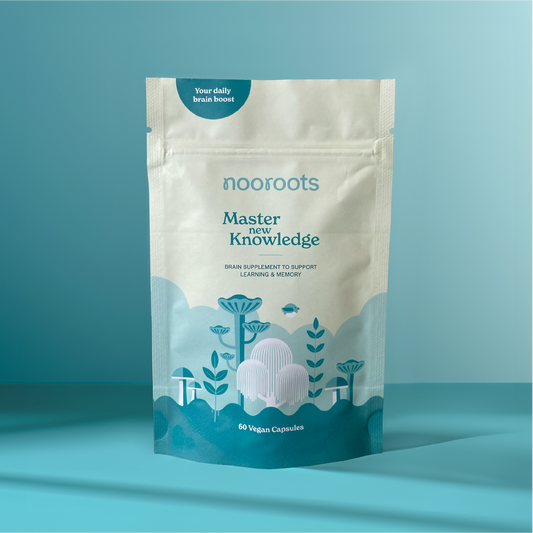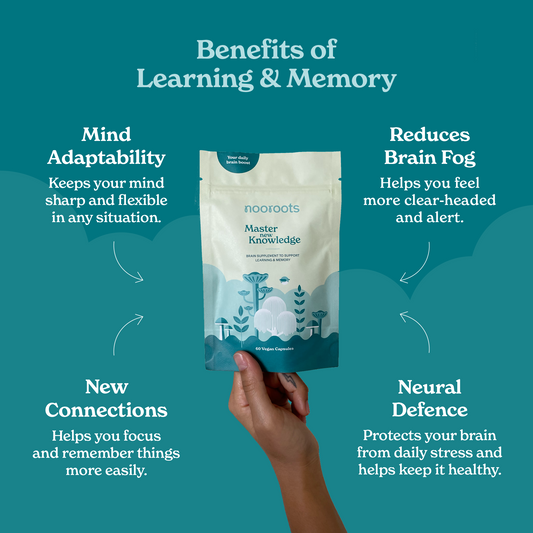Expert Writer and Contributor ✓
About the Author
Charlotte was awarded a Master of Science degree in chemistry from the University of Bristol. She is currently completing a PhD at the University of Leeds.
About the Contributor
Mus was awarded a Master of Science degree in Medical Biotechnology and Business Management from the University of Warwick.
Natural beauty is everywhere. Lying beneath every step we take in nature is a hidden mineral world. Brimming with wealth and mystery.
The problem is these riches are inaccessible to common folk. Glimpses often are enough to fill the imaginations of the earth dwellers above. Bursting their hearts with pure desire.
Scarcity only increases its allure.
Not everyone knows where to find such mineral objects. So where do we begin? The natural world is a good place to start. But be warned, Mother Nature is never prepared to give up her secrets so easy.
Somewhere in the Eastern Hemisphere, a mountain range stretches far across the horizon. East to West. North into the heavens. These are the Ural Mountains of Siberia. In the frozen ice lands of Ekaterinburg, adjacent to the mountains, lay the Beresof Mines.
It was in these mines that Mother Nature spoke one of her most precious secrets. A mineral known as Crocoite or simply, ‘Siberian red-lead’. But this red does it no justice. Its glow was as if it had been extracted from deep into the Earth’s interior, direct from the molten core.
A mineral so rare it is only found in a handful of locations throughout the world.
In 1979, a lucky French chemist - Louis Nicholas Vauquelin – obtained a sample of Crocoite. After many failed experiments, he finally mixed it with hydrochloric acid and produced a derivative of Chromium called ‘Chromium Oxide’. The name Chromium is from the Greek 'chroma', meaning colour.
Contents
- What is Chromium?
- Chromium Benefits
- Chromium Mechanism of Action
- Chromium Side Effects
- Recommended Dosages of Chromium
- Best Natural Food Sources of Chromium
Chromium: A Health Guide to Safe and Effective Supplementation

What is Chromium?
Chromium is a chemical element and can be found as a steely-grey metal. It is one of the most common elements in the Earth’s crust, and it’s also an essential trace element that we need in our diets!
Out of the several different forms that chromium exists in, we need its trivalent (3+) state for its biological activity. The importance of chromium for increasing the action of insulin was first discovered in the 1950s. It was initially isolated from brewer’s yeast and named the ‘glucose tolerance factor’1,2.
Chromium Benefits
Chromium optimises our insulin function, which is critical for maintaining a healthy body by regulating blood sugar and cholesterol levels, and enhancing energy efficiency.
Deficiency can lead to increased risk of diabetes, heart disease and stroke2. Instead, by supplementing with chromium we could experience a multitude of benefits:
- Enhanced insulin action: A controlled trial with type 2 diabetes patients showed that those given chromium had significantly lowered blood sugar levels3–6.
- Boosted metabolism: Chromium is important in the metabolism of carbohydrates, lipids and proteins6–8.
- Lowered cholesterol levels: Supplementing with chromium could reduce our level of harmful cholesterol4,6.
- Anti-oxidant effect: Research suggests a potent anti-oxidant effect of chromium, protecting cells against oxidative stress7,9.
Chromium Mechanism of Action
The mechanism that chromium uses in the body is still being debated amongst scientists. However, it is thought that chromium may cling onto a small protein molecule that binds to the insulin receptor. In turn, the receptor gains improved insulin activity4.
Optimising the power of insulin in the body has knock-on effects on how we produce and use energy. It boosts metabolism, with some research suggesting a link between chromium and increased lean body mass in people who exercise5,8,10.
Chromium Side Effects
The risk of side effects when supplementing chromium are low as it has been found to have very low toxicity even when tested at high intakes for long periods4,8. However, rare side effects that may occur are4,11:
- Weight loss
- Headaches
- Increased risk of kidney/liver damage
- Disturbed sleep
Recommended Dosages of Chromium
The Nutrient Reference Value (NRV) for Chromium is 40μg (micrograms). The safe upper limit (SUL) for Chromium depends on age. Adults and teenagers—50 to 200 micrograms (μg) per day. Children 7 to 10 years age—50 to 200 μg per day. Children 4 to 6 years of age—30 to 120 μg per day. Children birth to 3 years of age—10 to 80 μg per day.
Learn More About NRV and SUL
The NRV and SUL are two values assigned to vitamins and minerals that are designed to provide guidance on how much of a specific nutrient can be consumed.
NRV can be defined as the amount of a specific nutrient needed to adequately meet known nutritional deficiencies. Whereas the SUL is the highest level of nutrient intake that is likely to pose no risk of bad health effects for almost all individuals in the general population.
It is very safe to consume levels of nutrients greater than the NRV as long as the intake is below the SUL.
At nooroots, we take both these values into consideration when performing research and product development. We work with our scientists and partners to select a nutrient level that is both safe and effective.
Best Natural Food Sources of Chromium
Here are the top 10 foods rich in Chromium:
- Grape Juice
- Ham
- English Muffin
- Brewer's Yeast
- Orange Juice
- Beef
- Lettuce
- Turkey Breast
- Barbecue Sauce
- Tomato Juice
*data sourced from National Institute of Health
Conclusion
Concealed within the Earth lay many of Mother Nature’s secrets. Resting, waiting to be discovered. It is somewhat of an intrusive thought to think that rare gemstones, hidden beneath huge rocks in Siberia, were the origin of the element Chromium. And that today, derivatives of Chromium are required in trace amounts for a healthy human diet.
In many way, our bodies, life itself, is universally more rare than any form of mineral wealth found on Earth. In the end, we are all apart of the same star stuff that made the earth and that eventually made us. So in other ways it may be unsurprising we need earth's mineral to function normally.
Whichever way you look at it, science undoubtably has demonstrated Chromium’s important role in normal physiological function. Chromium supports enhanced insulin actions (lowering blood sugar levels), boosts metabolism, lowers cholesterol levels and helps protects against oxidative stress and cell damage.
The recommended dose is 40 micrograms. While the safe upper limit varies between age groups but it is generally accepted above 250 micrograms is considered high for adults and teenagers.
For those interested in taking the first step, our Learning & Memory Nootropic Supplement at Nooroots offers a carefully formulated introduction to the world of cognitive enhancement—crafted to support both clarity of mind and balance of mood.
Learn more about the other vitamins, minerals and plant extracts we use to give your brain a daily boost
- Vitamin B5 (Pantothenic Acid)
- Vitamin B6 (Pyridoxine)
- Vitamin B7 (Biotin)
- Ashwagandha
- Ginkgo Biloba
- Iron
Evidence
- Anderson, R. A.; Mertz, W. Glucose Tolerance Factor: An Essential Dietary Agent. Trends in Biochemical Sciences 1977, 2 (12), 277–279. https://doi.org/10.1016/0968-0004(77)90280-8.
- McCarty, M. F. The Therapeutic Potential of Glucose Tolerance Factor. Medical Hypotheses 1980, 6 (11), 1177–1189. https://doi.org/10.1016/0306-9877(80)90140-1.
- Anderson, R. A.; Cheng, N.; Bryden, N. A.; Polansky, M. M.; Cheng, N.; Chi, J.; Feng, J. Elevated Intakes of Supplemental Chromium Improve Glucose and Insulin Variables in Individuals with Type 2 Diabetes. Diabetes 1997, 46 (11), 1786–1791. https://doi.org/10.2337/diab.46.11.1786.
- Office of Dietary Supplements - Chromium. https://ods.od.nih.gov/factsheets/Chromium-HealthProfessional/ (accessed 2022-06-03).
- Albarracin, C. A.; Fuqua, B. C.; Evans, J. L.; Goldfine, I. D. Chromium Picolinate and Biotin Combination Improves Glucose Metabolism in Treated, Uncontrolled Overweight to Obese Patients with Type 2 Diabetes. Diabetes/Metabolism Research and Reviews 2008, 24 (1), 41–51. https://doi.org/10.1002/dmrr.755.
- Broadhurst, C. L.; Domenico, P. Clinical Studies on Chromium Picolinate Supplementation in Diabetes Mellitus—A Review. Diabetes Technology & Therapeutics 2006, 8 (6), 677–687. https://doi.org/10.1089/dia.2006.8.677.
- Guerrero-Romero, F.; Rodríguez-Morán, M. Complementary Therapies for Diabetes: The Case for Chromium, Magnesium, and Antioxidants. Archives of Medical Research 2005, 36 (3), 250–257. https://doi.org/10.1016/j.arcmed.2005.01.004.
- Cefalu, W. T.; Hu, F. B. Role of Chromium in Human Health and in Diabetes. Diabetes Care 2004, 27 (11), 2741–2751. https://doi.org/10.2337/diacare.27.11.2741.
- Lai, M.-H. Antioxidant Effects and Insulin Resistance Improvement of Chromium Combined with Vitamin C and E Supplementation for Type 2 Diabetes Mellitus. J. Clin. Biochem. Nutr. 2008, 43 (3), 191–198. https://doi.org/10.3164/jcbn.2008064.
- Essentiality of Chromium for Human Nutrition and Health. Pol. J. Environ. Stud. 10 (6), 399–404.
- Griffin, R. M. An Overview of Chromium. WebMD. https://www.webmd.com/diet/supplement-guide-chromium (accessed 2022-06-03).
-
www.mayoclinic.org. (n.d.). Chromium Supplement (Oral Route, Parenteral Route) Proper Use - Mayo Clinic. [online] Available at: https://www.mayoclinic.org/drugs-supplements/chromium-supplement-oral-route-parenteral-route/proper-use/drg-20070098 [Accessed 23 Nov. 2022].
-
www.efsa.europa.eu. (n.d.). Scientific Opinion on the safety of trivalent chromium as a nutrient added for nutritional purposes to foodstuffs for particular nutritional uses and foods intended for the general population (including food supplements) | EFSA. [online] Available at: https://www.efsa.europa.eu/en/efsajournal/pub/1882#:~:text=Based%20on%20the%20facts%20i [Accessed 23 Nov. 2022].



